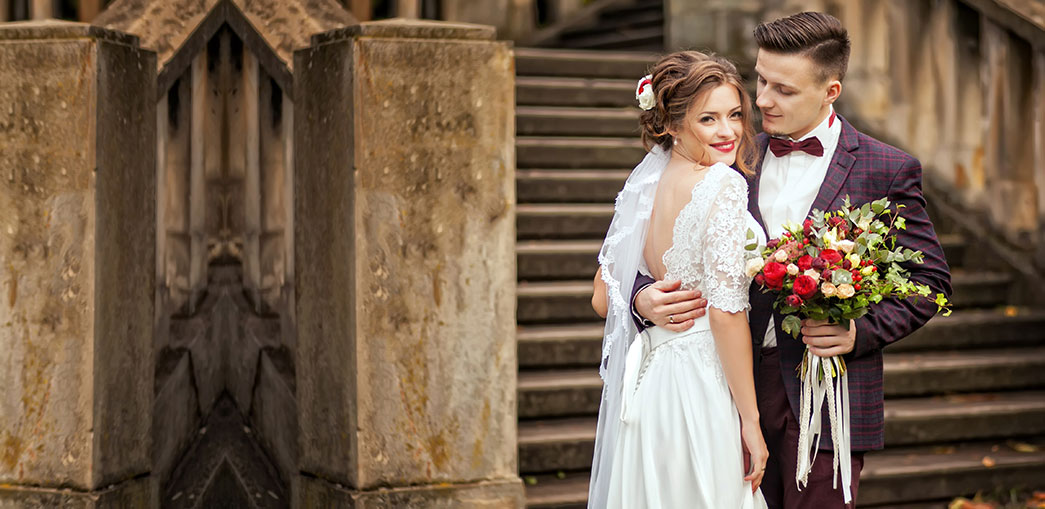Composition is the soul of photography. It’s the language that photographers use to communicate emotions, stories, and aesthetics through their images. Whether you’re a beginner or an experienced photographer, mastering composition is crucial for taking your photography skills to the next level. In this SEO-friendly article, we will explore the principles and techniques to help you create compelling and visually striking photographs.
Understanding Composition
Composition in photography is the arrangement of elements within a frame to create a visually pleasing and harmonious image. A well-composed photograph can capture the viewer’s attention, guide their eyes, and evoke an emotional response. To master composition, you need to be familiar with several key principles:
- Rule of Thirds
The rule of thirds is a fundamental guideline in photography. Imagine dividing your frame into a grid of nine equal parts by two horizontal and two vertical lines. The points where these lines intersect are the “power points.” Placing your subject or important elements along these lines or at the intersections can make your photos more balanced and engaging.
- Leading Lines
Leading lines are lines within an image that guide the viewer’s eye towards a specific focal point or subject. These lines can be straight, curved, diagonal, or even implied. By using leading lines, you can add depth and a sense of direction to your photographs.
- Framing
Framing involves using elements within the scene, such as doorways, windows, or natural objects like trees, to create a “frame” around your subject. This technique can draw attention to the subject and add context or a sense of place to your image.
- Symmetry and Patterns
Symmetry and patterns create a sense of order and balance in your photographs. Capturing a subject that is perfectly symmetrical or finding repetitive patterns in your surroundings can lead to visually stunning compositions.
- Negative Space
Negative space is the empty or unoccupied areas within your frame. Using negative space effectively can emphasize your subject and provide a sense of tranquility or minimalism in your photos.
- Depth
Creating depth in your photographs can make them more engaging. You can achieve this by incorporating elements in the foreground, middle ground, and background to give a sense of dimension and distance.
- Color and Contrast
The use of color and contrast can play a significant role in composition. Bold color contrasts or complementary color schemes can draw attention to specific elements, while subtle color harmonies can create a more unified and serene composition.
Mastering composition in photography is an ongoing journey that requires practice and experimentation. By understanding and applying the principles of composition, you can elevate your photography to new heights, creating images that resonate with viewers and tell compelling stories. As you continue to hone your skills and develop your unique style, remember that composition is not just a set of rules but a creative tool to express your vision as a photographer.

